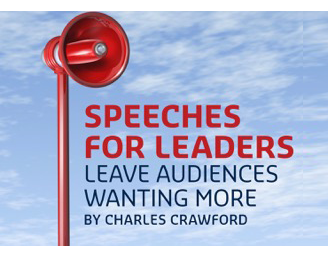Here on the BBC Football web pages is a video of former footballer Pat Nevin waffling on about the correlation between the size of a soccer pitch and the likelihood of goals being scored as a game draws towards the end:
BBC Sport’s Pat Nevin explains how a variation of a few yards in the length and width of a football pitch can prove crucial in the closing stages of a match.Nevin looks at the difference in size of the Premier League’s largest and smallest pitches, and how players can take advantage of playing on a bigger surface
Well, no, he does NOT explain anything of the sort.
His argument is banal and backed by no numbers other than the fact that some Premier League football pitches are bigger than others, therefore on the bigger ones footballers have more space!
Luckily I have to hand a Cambridge NatSci undergrad, who has run some of the data. He plotted a graph of average away goals per game scored at each PL ground in 2012/13 against size of pitch (not as easy a job as you might think, as the Internet gives different lists of pitch sizes). He chose away goals as this looks to be the ‘purest’ way of looking at the problem – it measures all teams’ propensity to score on unfamiliar pitches.
Crawf Minor’s conclusion? It is hard to spot any trend at all. On one list of pitch sizes the number of away goals scored declined slightly as the pitches got bigger (if you want to be technical R2 = 0.0491). On another list of pitch sizes there was no correlation at all between the size of pitch and the likelihood of goals being scored in a match.
Note that this analysis does not specifically answer Nevin’s suggestion that goals are more likely to be scored on bigger pitches late in a game. He provides no evidence.
Why should his idea be correct? Maybe it’s the opposite: on a bigger pitch attacking players will have run around more than defenders, so by the end of a game they will be rather more worn out.
Here are some excellent late-goal statistics from Jonny Grossmark (where a late goal is one scored in the final 15 minutes). The compiler points out that in general more goals are scored in the final 15 minutes of games than in any other comparable time-range.
Manchester United and Manchester City have two of the largest pitches. So you might expect them to be well trained to use the extra space to score relatively more goals towards the end of a game. They both had a strong positive ratio of goals for v goals against in the final 15 minutes for the season as a whole, but they both scored more late goals away from home than they did at home.
Jonny likewise does some number crunching, but instead of looking at pitch size as a variable he studies ‘mindset’ – which teams were more likely to settle for what they had with ten minutes to go, and which were more likely to be pushing for a win. Fascinating.
Conclusion?
Pat Nevin has produced a lazy BBC video that purports to have something interesting to say, but is based on no serious thought at all. Annoying. He might or might not be right to suggest that late goals are more likely to be scored on larger pitches. But until someone does a careful look at the data, we have no way of knowing.










